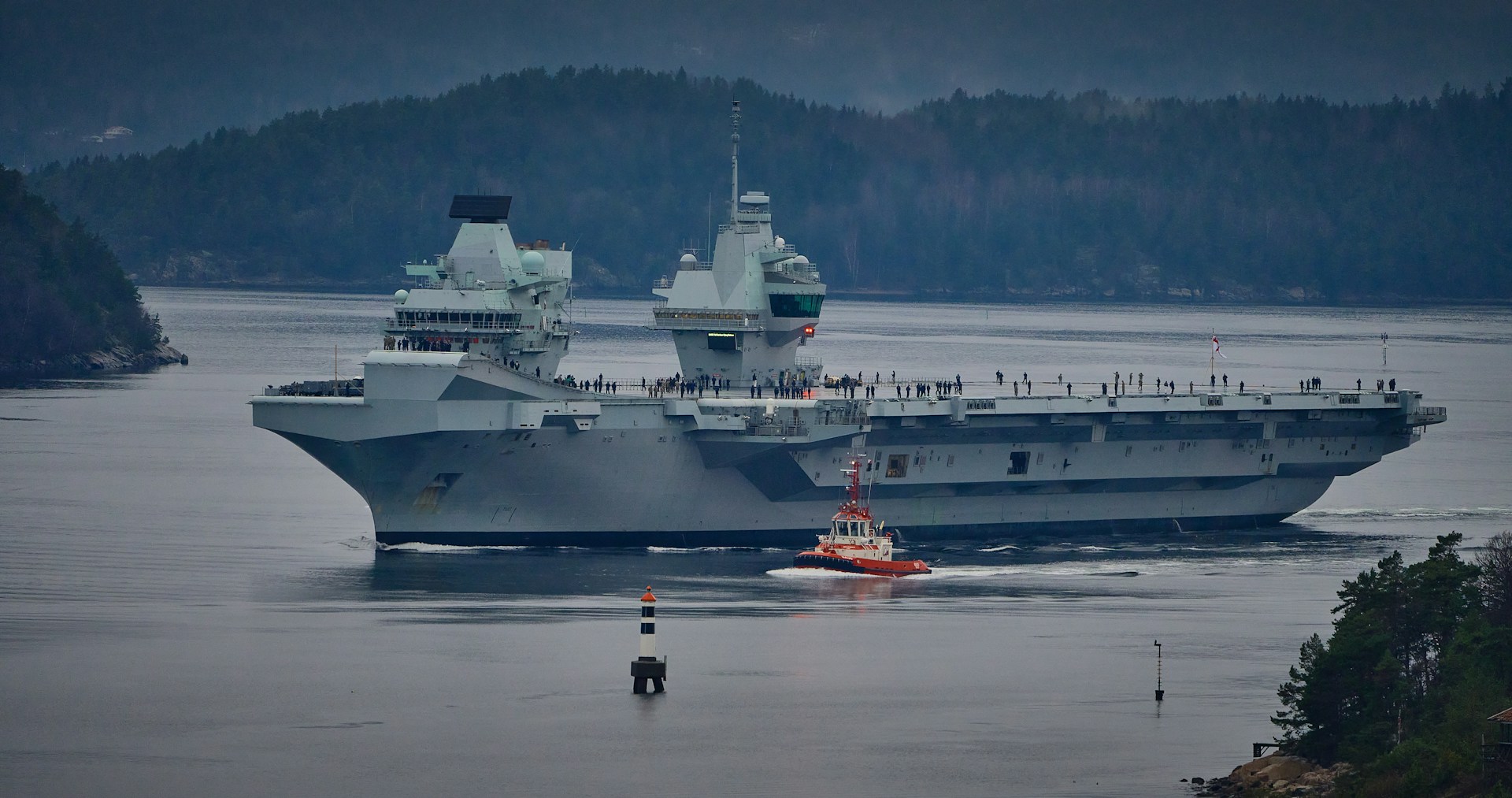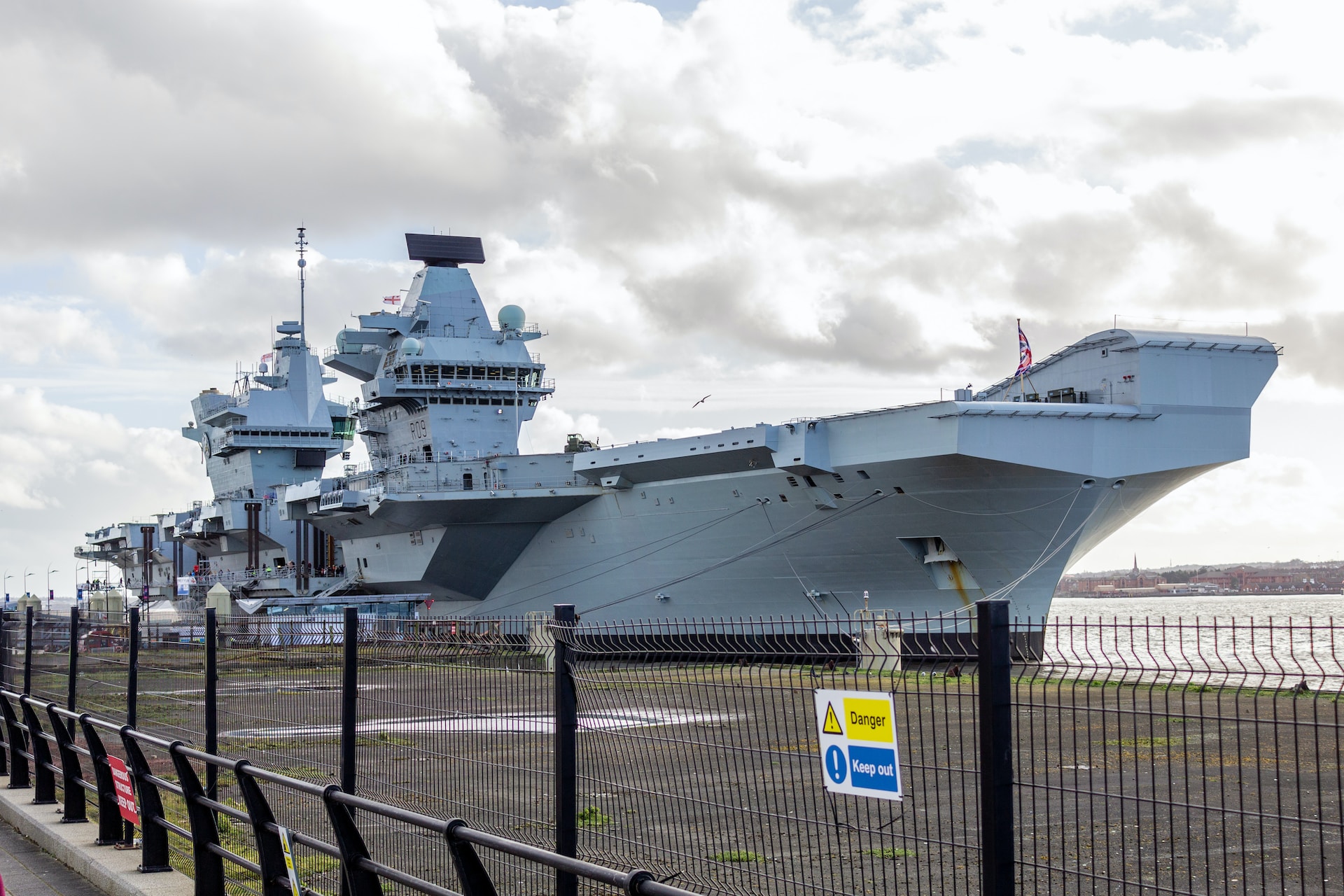The Royal Navy - waiting for the 'Golden Age'

UK Defence Minister Grant Shapps gave a speech on the 14th May at the First Sea Lord's Sea Power Conference in London, accompanied by a press release from the MOD, boasting of a 'New Golden Age of British Shipbuilding'. What do these plans mean for the Navy in practice?
The promise is 'up to' 28 new ships, backed by the recent announcement of a phased increase in UK defence spending to 2.5% of GDP by 2030. In fact the words "up to" are used liberally - 11 times in the press release. So what are the 28 ships? The list includes both ships already under construction plus those that are planned, and comprise:
- Eight Type 26 frigates
- Five Type 31 frigates
- Two Astute Class submarines
- Four Dreadnought Class submarines
- Three Fleet Solid Support ships
- 'Up to' six Multi-Role Support Ships
The observant amongst you will notice that all except the Multi Role Support Ships (MRSS) are actually already under contract and underway at various stages, and all bar the Fleet Solid Support ships are 'one for one' replacements for vessels currently in service. So the 'Golden Age' doesn't mean a bigger Navy.
So the Royal Navy fleet isn't getting bigger?
It's actually getting smaller, at least in the short term. Those hoping to see a reversal in recent Navy cuts will be disappointed. Slipped out simultaneously, to rather less fanfare, was the news that two more Type 23 frigates will be retired. HMS Argyll and Westminster will be taken out of service, leaving the Navy with just nine Type 23 frigates operating with six Type 45 Destroyers, giving a surface fleet total of only 15 frigates and destroyers.
This is clearly now well below the minimum of 19 promised in the 2015 Defence Review and 2017 National Shipbuilding Strategy, which also promised the fleet size would grow beyond this from 2030.
Why has this happened? One reason is that the Type 26 programme is now running 5 years behind the schedule planned at Initial Gate approval in 2015, which expected the first to be delivered in 2023, with the last of 8 in 2030. The programme is now running at first delivery in 2028 and final delivery in 2035. This required the Type 23s to be operated well beyond their intended service life, and it has become eye-wateringly expensive and time consuming to refurbish and extend their lives further.
It is likely that it will take until 2035 for the surface fleet to recover to 19, when deliveries of all Type 26 and Type 31s are complete, at which point the Navy will be facing the planned retirement of its Type 45 Destroyers. On paper, the Type 45s leave service several years before the replacement Type 83s will be ready, but in practice they are likely to have their lives extended too.
What about the 'Type 32' previously mooted? That's gone quiet.....
Multi-Role Support Ships - enter stage right
The MRSS received their first official mention in the 2021 Defence Review, and will support the Royal Marines Future Commando Force and the two Littoral Response Groups.
The concept has coalesced as a single replacement for three current classes of vessel - the two Albion-Class Landing Platform Docks (LPDs), the remaining three Bay-Class Landing Ship Docks (LSDs) and the unique RFA Argus which at various times has been an aviation training ship, hospital ship, and mini-helicopter carrier. And this is where the 'up to' starts to do some heavy lifting.
In fact, the MOD is only committing to three 'definitely', with 'plans to' build another three. This may sound familiar...
One reason to doubt whether the Navy will eventually get six is that a single class of vessel to replace all three predecessor classes will be substantial ships. To carry 400 troops with four LCU plus four LCVP landing craft in a well dock like the Albion-Class, plus 24 Challenger tanks internally like the Bay Class, and four helicopters in some form of hangar with hospital facilities like RFA Argus, will be complex and expensive.
Service entry is planned to align with the retirement of HMS Albion and Bulwark in 2033/34.
And the Fleet Solid Support ships?
I wrote previously about the controversy and challenges surrounding the decision to award the Fleet Solid Support ship contract to 'Team Resolute'. As a reminder, these ships are required to provide replenishment support for long-distance deployments of the Royal Navy's aircraft carriers, with a only solitary ship (the ageing RFA Fort Victoria) currently able to perform that role. Fort Victoria is schedule to leave service in 2028, and will be expensive to refurbish for a further life extension. Any delays to service entry of the new ships will threaten the UK's future carrier deployments, and success of this programme is highly dependent on an ambitious recapitalisation and recruitment/training programme at Harland & Wolff. This week also brought rumours of re-financing problems at H&W due to the potential rejection of an application for a loan guarantee from UK Export Finance. This is one to watch...
Looking from the outside, people might reasonably wonder at a time of increasing military threats from Russia, China and Iran, and a well-publicised plan to increase defence spending, why the strength of the UK's armed forces continues to be cut? This cut to the Royal Navy's surface strength joins the reduction in the size of the Army, cuts to the Typhoon fighter fleet, a (temporary) loss of most heavy artillery, reductions in the Challenger Main Battle Tank fleet and a cut to the order for Wedgetail AEW aircraft. We will be into the 2030s before much of the lost capability is restored - let's hope our enemies aren't in a hurry.

